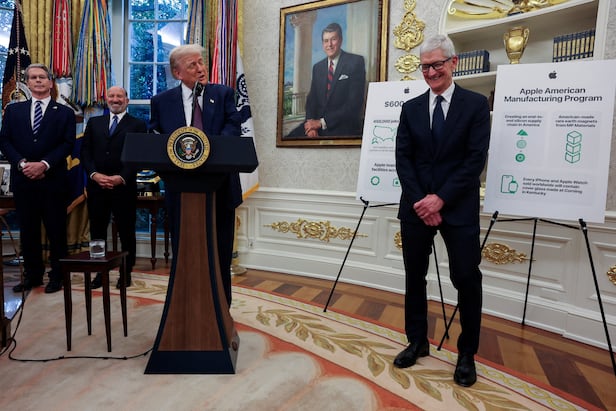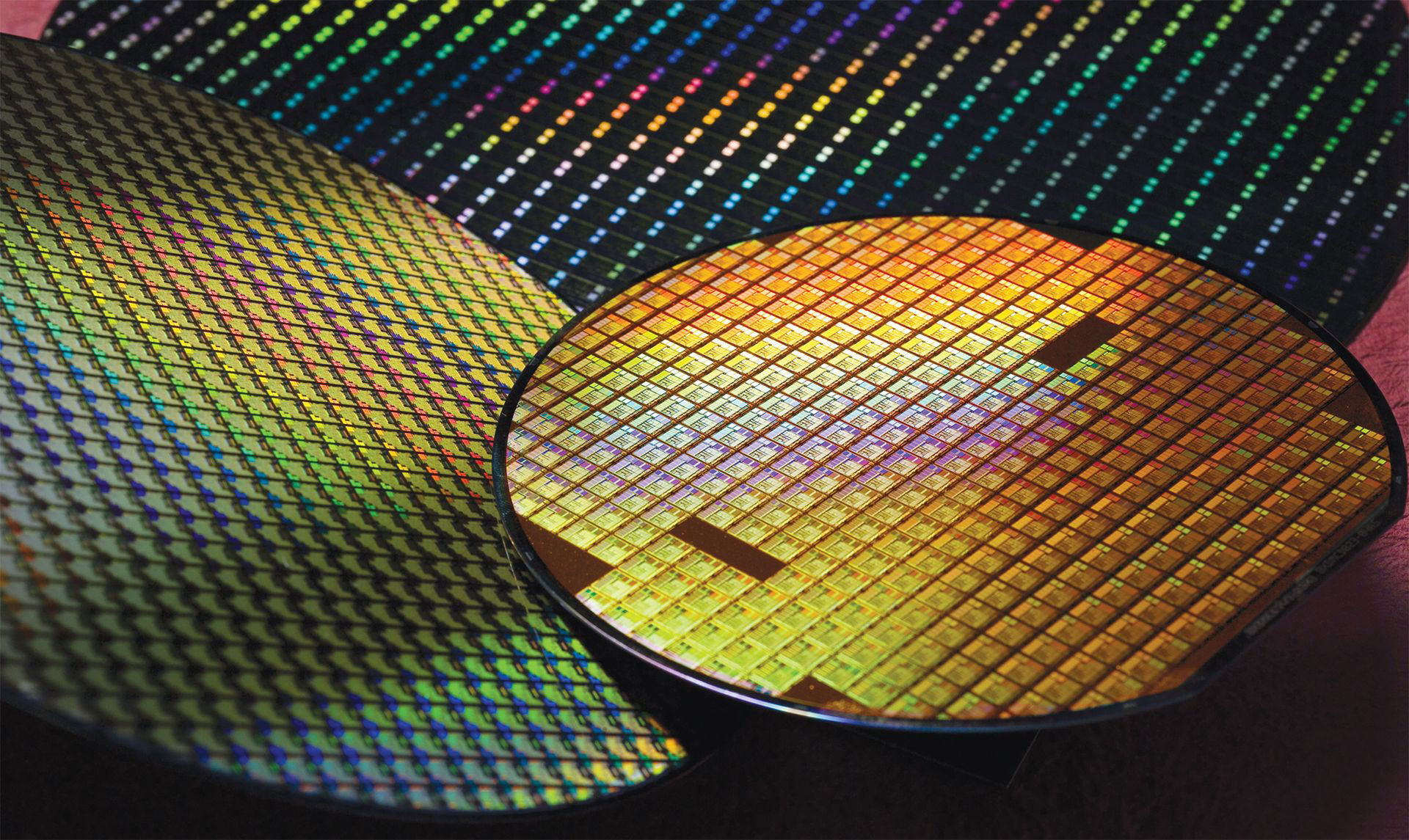U.S. Set to Impose 100% Tariffs on Chips, Threatening Global Tech Supply Chain
In a dramatic escalation of trade tensions, the United States government announced on August 6 that it will impose a staggering 100% tariff on imported chips and semiconductors. This move, aimed at bolstering domestic production amid concerns over national security and reliance on foreign technology, signifies a pivotal moment in the ongoing trade war that could reshape global supply chains and impact consumers worldwide.
Background & Context
The semiconductor industry is a cornerstone of modern technology, powering everything from smartphones to advanced military equipment. As previously reported, the U.S. has been grappling with supply shortages exacerbated by the COVID-19 pandemic and geopolitical tensions, particularly with China. This latest decision is part of a broader strategy to reduce dependence on foreign imports and stimulate domestic manufacturing, particularly in light of increasing competition from Asian markets.
Historically, tariffs have been used as tools of protectionism, and this move aligns with a trend of escalating trade barriers in recent years. The U.S. has previously implemented tariffs on various goods, but the 100% rate on semiconductors is unprecedented and signals a more aggressive stance toward foreign technology. Industry experts are raising alarms about the potential repercussions of such a steep tariff, warning that it could lead to higher costs for consumers and slow down technological innovation.
Key Developments
The announcement was made during a press conference by U.S. Trade Representative Katherine Tai, who emphasized the need for the U.S. to safeguard its technological assets. "This is a necessary step to ensure our national security and economic independence," Tai stated, highlighting concerns about espionage and intellectual property theft associated with foreign-made chips.
In response, tech companies and industry leaders have expressed their discontent, arguing that such tariffs could disrupt the already fragile supply chain and lead to increased prices for consumers. "We are facing a critical shortage of semiconductors, and imposing tariffs will only exacerbate the issue," said John Doe, CEO of a major electronics manufacturer. "We need collaboration, not confrontation." The tech sector is now bracing for significant challenges as companies reassess their supply chains and pricing models in light of these new tariffs.
\n\n
Image for U.S. Set to Impose 100% Tariffs on Chips, Threatening Global Tech Supply Chain
Broader Impact
The implications of this tariff extend far beyond the U.S. borders. Countries that export semiconductors to the U.S., particularly in East Asia, are likely to feel the effects of this policy shift. Taiwan and South Korea, two of the largest semiconductor producers, may face reduced demand from the U.S. market, potentially leading to economic ramifications in these countries. Analysts predict that this could spark retaliatory measures, further straining international relations and escalating the trade conflict.
Moreover, this tariff could have a cascading effect on global technology markets. As companies look to diversify their supply chains to mitigate the impact of tariffs, there could be a shift in production locations, potentially favoring countries with lower labor costs. This could result in a significant realignment of global manufacturing hubs, with countries in Southeast Asia and India positioned to benefit as they attract businesses looking to avoid U.S. tariffs.
What"s Next
As the U.S. prepares to implement these tariffs, industry stakeholders are calling for dialogue and negotiation to address the underlying issues without resorting to punitive measures. Lawmakers are also weighing the potential impact on consumers and the economy, with discussions about possible exemptions for certain sectors, particularly those reliant on semiconductor imports.
Looking ahead, the tech industry is poised for a period of uncertainty as it navigates these new challenges. Companies will need to adapt quickly to changing regulations and explore alternative supply sources. Additionally, the geopolitical landscape will continue to evolve, with President Trump indicating plans to meet with both Russian President Vladimir Putin and Ukrainian President Volodymyr Zelensky in the coming weeks. These discussions could have far-reaching implications for U.S. foreign policy and trade relations, particularly in the context of technology and national security. The situation remains fluid, and stakeholders are advised to stay informed about ongoing developments as they unfold.

Image for U.S. Set to Impose 100% Tariffs on Chips, Threatening Global Tech Supply Chain








![[Video] Vladimir Putin delivers speech in military uniform](/_next/image?url=%2Fapi%2Fimage%2Fthumbnails%2Fthumbnail-1764621642413-vh08a-thumbnail.jpg&w=3840&q=75)